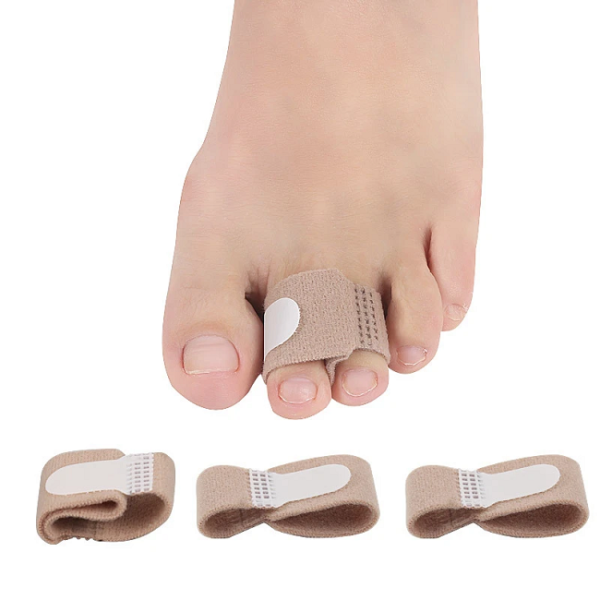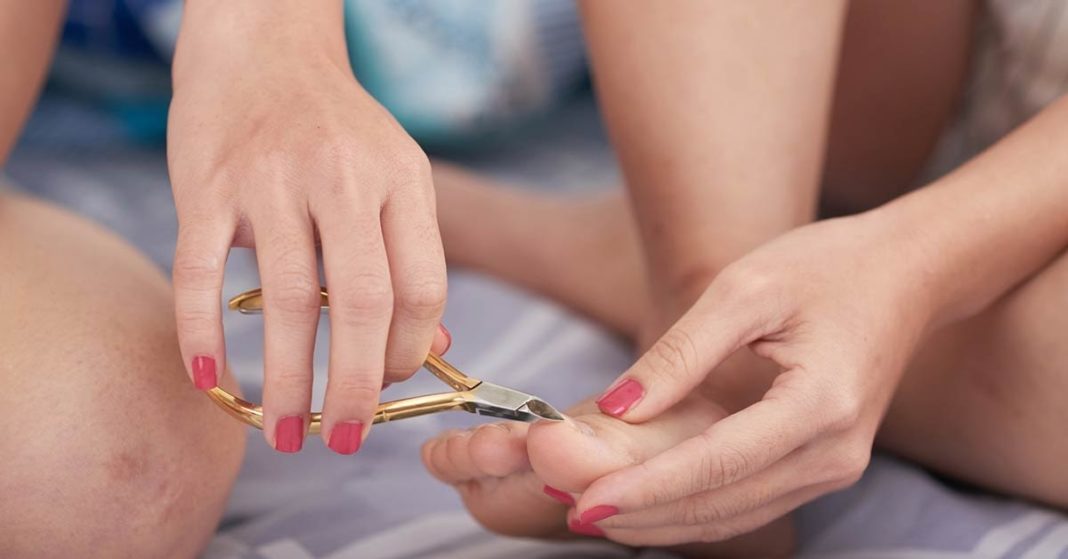When your nail curves resulting in the corners or edges of the nail growing into the adjacent skin, you have a situation called an ingrown nail. It is almost exclusive to toenails and affects the big toe far more than other toes.
Ingrown toenail, otherwise known as onychocryptosis, is a very common nail problem. It happens when the edges of the toenails exact pressure on the surrounding skin so much that it grows into it. On the other hand, it could be that surrounding skin grows over the toenail bed.
This experience can be very unpleasant; it usually begins as a minor discomfort but could develop into a serious fungal infection in the skin thereby bringing about serious pain. Inflammation, redness, irritation, and tenderness to touch are some of the indications of an ingrown toenail. Besides all this, it can also cause other health problems, especially when not treated promptly.
Causes of ingrown toenails
According to Mark Todd at www.nailcarepalace.com, some people such as those with sweaty feet and older people are more prone to ingrown toenails. It is caused by several factors including:
- Incorrect cutting of the toenails: more often than not, we follow the curve of the nails while cutting them. We angle the edges which could cause the nail to grow inward. Nails should be cut straight across.
- Tight footwear: this is a very key contributor to ingrown toenails. Wearing ill-fit footwear such as shoes and socks causes the toes to cramp together. This puts a lot of pressure on them thereby encouraging the nails to pierce the adjacent skin.
- Curved or irregular toenails: nails normally grow straight and upwards but some strangely curve into the surrounding skin or nail bed.
- Injury to the toes: this is common among athletes who use their feet heavily such as football players. Repeated kicking of a ball, hitting toes against hard objects, and dropping heavy objects on the toes are some of the most common causes of toenails injury.
Poor posture, improper foot hygiene, and genetic predisposition are other causes of ingrown toenails.
Best treatments for ingrown toenails
There are several effective remedies for ingrown toenails. They range from the basic use of antibiotic ointments to the use of surgery. The best treatment options are as follow:
Antibiotic ointment
This is a very easy home remedy for an ingrown toenail. Several over-the-counter antibiotic ointments are perfect for this purpose – they reduce the chance of developing an infection and promote healing of the skin.
Before applying the ointment to the affected toenail, soak your feet in a solution of water and salt for about half an hour each day. Then push the surrounding skin away from the nail and gently pull the nail upward using a cotton ball. Thereafter, apply the antibiotic ointment to the affected toenail and bandage it to ensure the ointment stays there long enough as well as reduce the possibility of infection. Repeat this process about three times each day for effective and fast results.
Apple Cider Vinegar
This a very popular home remedy for several health issues. It is loaded with anti-inflammatory, antiseptic, pain-relieving properties.
Add about a quarter of a cup of apple cider vinegar to a basin of warm water and soak your foot in it for about 20 minutes each day. Ensure your foot is thoroughly dried after each treatment.

Toe brace
This is a non-surgical solution to the problem of ingrown toenail or curved toenail. A toe brace is designed to function like a spring which redirects the deformed nails away from the adjacent skin. It lifts the nails such that the pressure exerted on the adjacent skin and the nail bed is alleviated.
Trim the nail properly and wash thoroughly with warm water and soap. Then file the nail to ensure ridges and spots are leveled as much as possible. Clean the surface with solvent and apply the toe brace as directed by the manufacturer.

Wear comfortable socks and shoes
This is a fundamental treatment option because tight footwear is one of the leading causes of ingrown toenails. To avoid the development of ingrown toenail, worsening of an ingrown toenail, and to ensure the healing process is effective, wear comfortable socks and shoes. In fact, it is better to keep to sandal as much as possible when treating ingrown toenail as this ensures limited pressure is exerted on the toes.
Partial or total nail removal
If home remedies are not working for your ingrown toenail or there is evidence of an infection, there might be a need for the partial or total removal of the nail. This should be handled by a doctor to avoid causing more damage to the nail and the surrounding skin.
Conclusion
An ingrown toenail can be very painful especially when infected hence treat it immediately you notice it.





